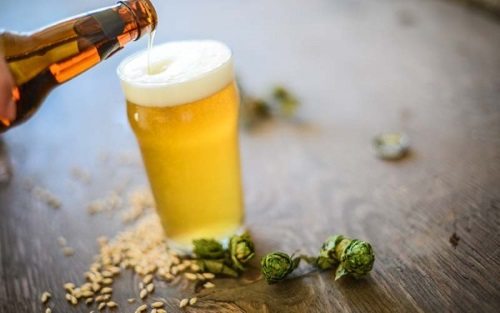For the first-time ever, craft brewers reached double-digit (11%) volume share of the marketplace, according to 2014 data on US craft brewing growth by the Brewers Association (BA).
“Craft brewers are creating high quality, differentiated beers; new brewers that match this standard will be welcomed in the market with open arms,” according to the trade association representing small and independent American craft brewers.
In 2014, craft brewers produced 22.2 million barrels, and saw 18% rise in volume and 22% increase in retail dollar value.
Retail dollar value was estimated at US$19.6 billion representing 19.3% market share.
“With the total beer market up only 0.5% in 2014, craft brewers are key in keeping the overall industry innovative and growing,” said Bart Watson, chief economist.
“This steady growth shows that craft brewing is part of a profound shift in American beer culture—a shift that will help craft brewers achieve their ambitious goal of 20% market share by 2020.”
“Small and independent brewers are deepening their connection to local beer lovers while continuing to create excitement and attract even more appreciators.”
Additionally, the number of operating breweries in the US in 2014 grew 19%, totaling 3,464 breweries, with 3,418 considered craft broken down as follows: 1,871 microbreweries, 1,412 brewpubs and 135 regional craft breweries. Throughout the year, there were 615 new brewery openings and 46 closings.
Combined with already existing and established breweries and brew pubs, craft brewers provided 115,469 jobs, an increase of almost 5,000 from the previous year.
“These small businesses are one of the bright spots in both our economy and culture. Craft brewers are serving their local communities, brewing up jobs and boosting tourism,” added Watson.
“Craft brewers are creating high quality, differentiated beers; new brewers that match this standard will be welcomed in the market with open arms.”
BA says an American craft brewer is small, independent and traditional with an annual production of six million barrels of beer or less (approximately 3% of US annual sales).
Beer production is attributed to the rules of alternating proprietorships.
Less than 25% of the craft brewery is owned or controlled (or equivalent economic interest) by an alcoholic beverage industry member that is not itself a craft brewer.
A brewer that has a majority of its total beverage alcohol volume in beers whose flavor derives from traditional or innovative brewing ingredients and their fermentation.
Flavored malt beverages are not considered beers.










